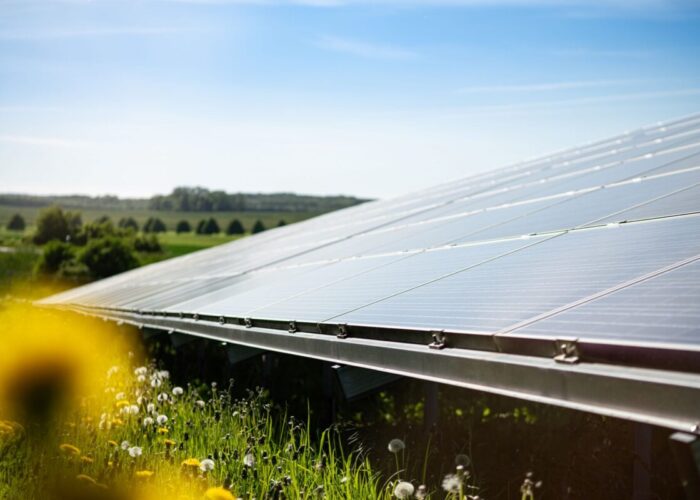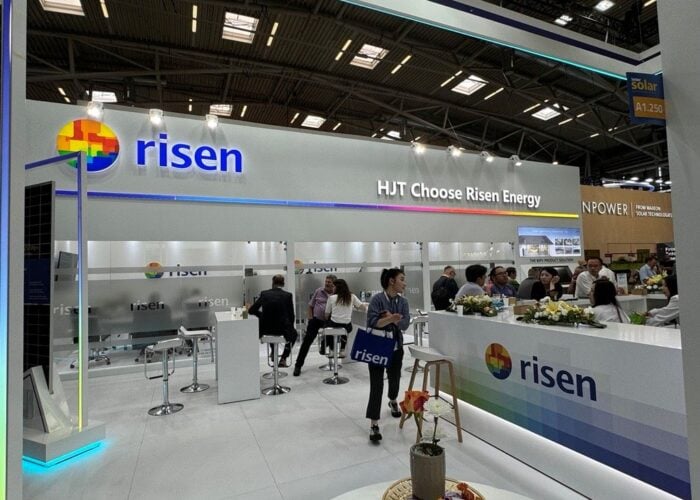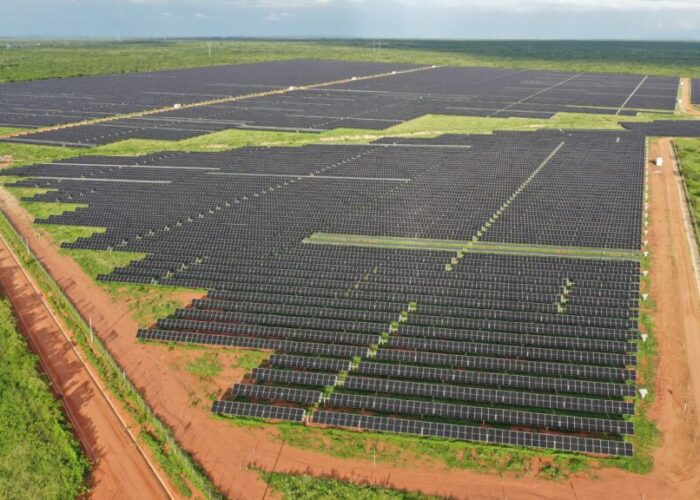A thermoplastic encapsulant from Wacker, ‘TECTOSIL’, has proved to offer protection against potential-induced degradation (PID), according to tests carried-out by Photovoltaik-Institut Berlin. The testers confirmed that such modules do not display leakage currents due to PID when using the thermoplastic silicone elastomer sheet in the encapsulation of PV modules.
Problem
Potential-induced degradation (PID) is caused by undesired leakage currents on the cell surface. They cause negative charge carriers that would normally flow to the cell’s back contact to be discharged via the encapsulation and module frame, unused. Penetrating moisture and high module voltages promote this type of discharge, which can cause considerable performance losses. However, the PID effect is reversible and can be restricted through technical countermeasures.
Unlock unlimited access for 12 whole months of distinctive global analysis
Photovoltaics International is now included.
- Regular insight and analysis of the industry’s biggest developments
- In-depth interviews with the industry’s leading figures
- Unlimited digital access to the PV Tech Power journal catalogue
- Unlimited digital access to the Photovoltaics International journal catalogue
- Access to more than 1,000 technical papers
- Discounts on Solar Media’s portfolio of events, in-person and virtual
Solution
Measurements by the Photovoltaik-Institut Berlin have shown that such PID effects can be effectively suppressed, or prevented, with TECTOSIL encapsulant, which was tested as per IEC standard 60904-1 at a system voltage of 1,000 volts. The modules encapsulated with Wacker’s material showed no signs of PID, either in their voltage characteristics or during subsequent electroluminescence analysis.
Applications
Module encapsulation.
Platform
TECTOSIL is a flexible, highly transparent and electrically insulating sheet comprising an organosilicone copolymer. Because of its thermoplastic properties, the silicone-based polymer can be processed quickly and inexpensively – without curing or other chemical reactions, which facilitates short cycle times and a high tolerance to local temperature differences within the laminator. The sheet does not contain catalysts or corrosive substances. This allows for the encapsulating solar cells containing films of compound semiconductors or other highly sensitive chemical substances – such as transparent conductive oxides.
Availability
September 2012 onwards.







